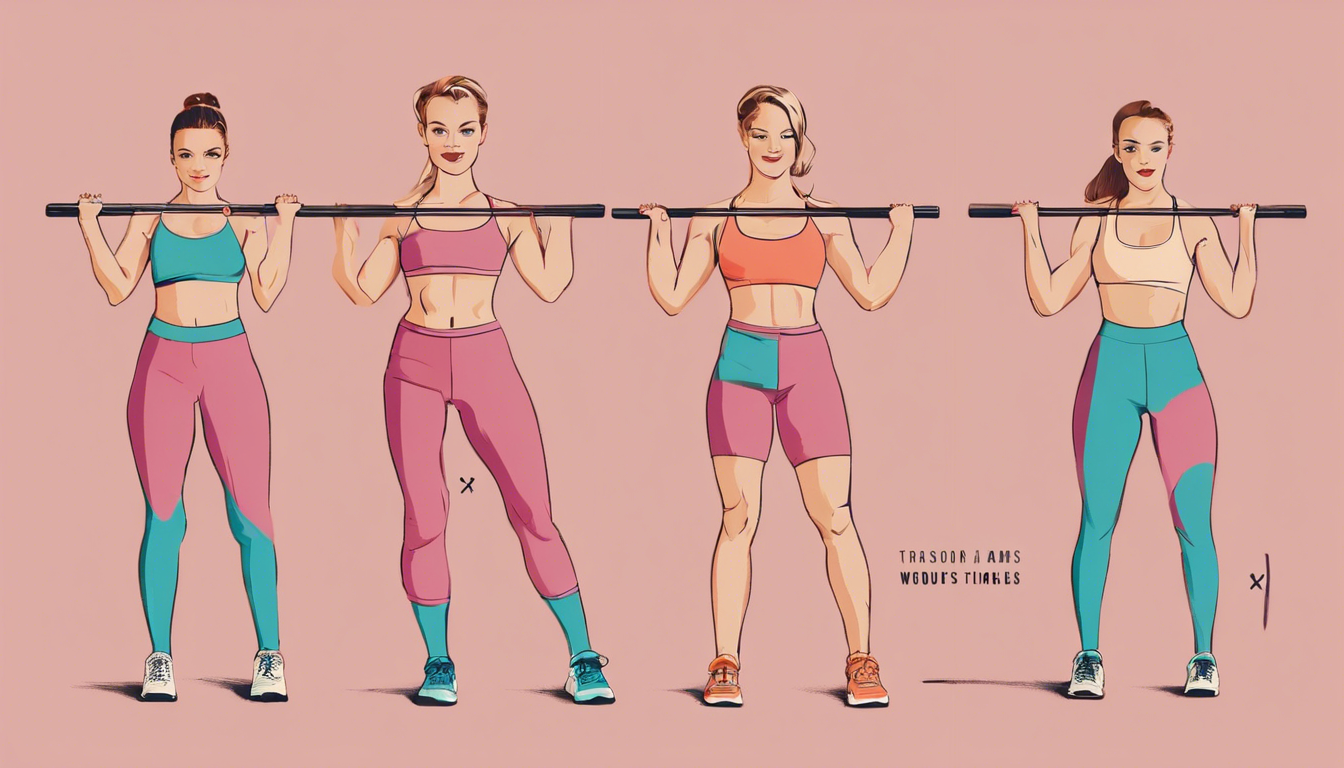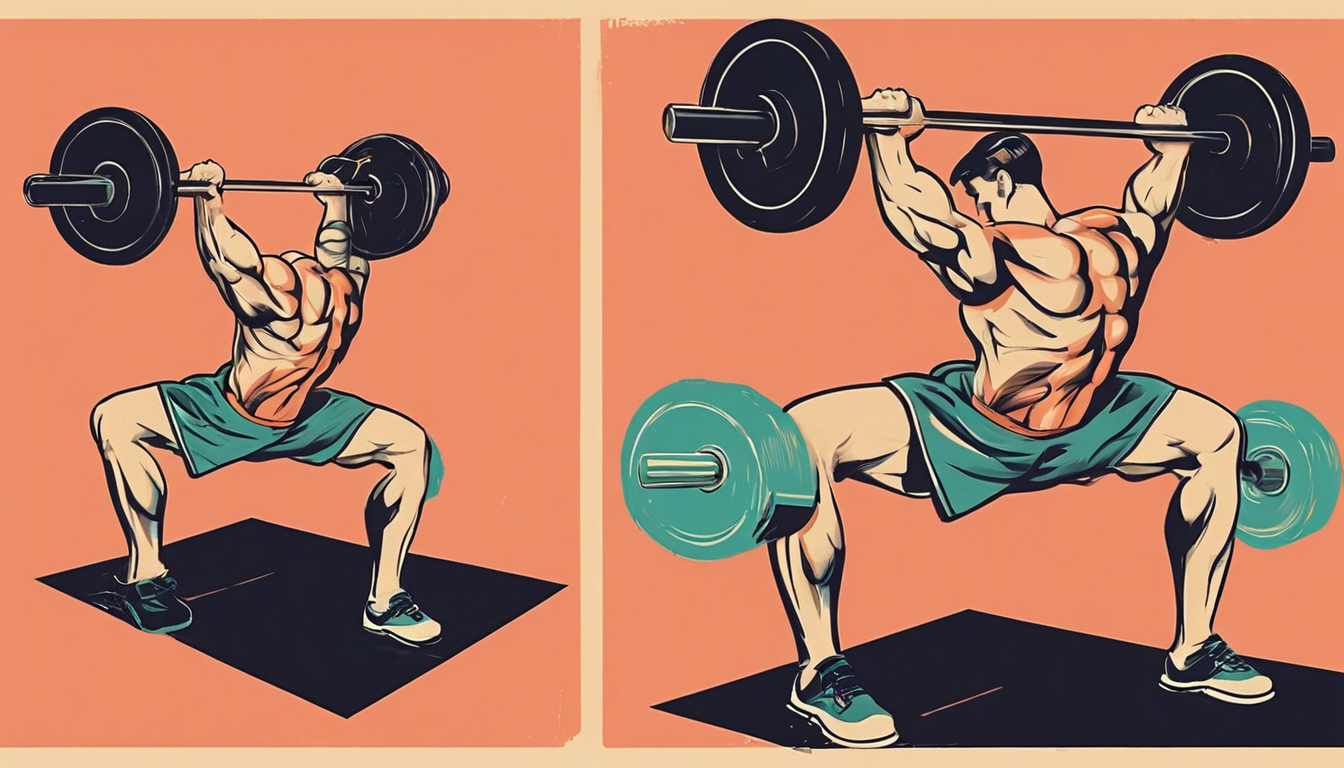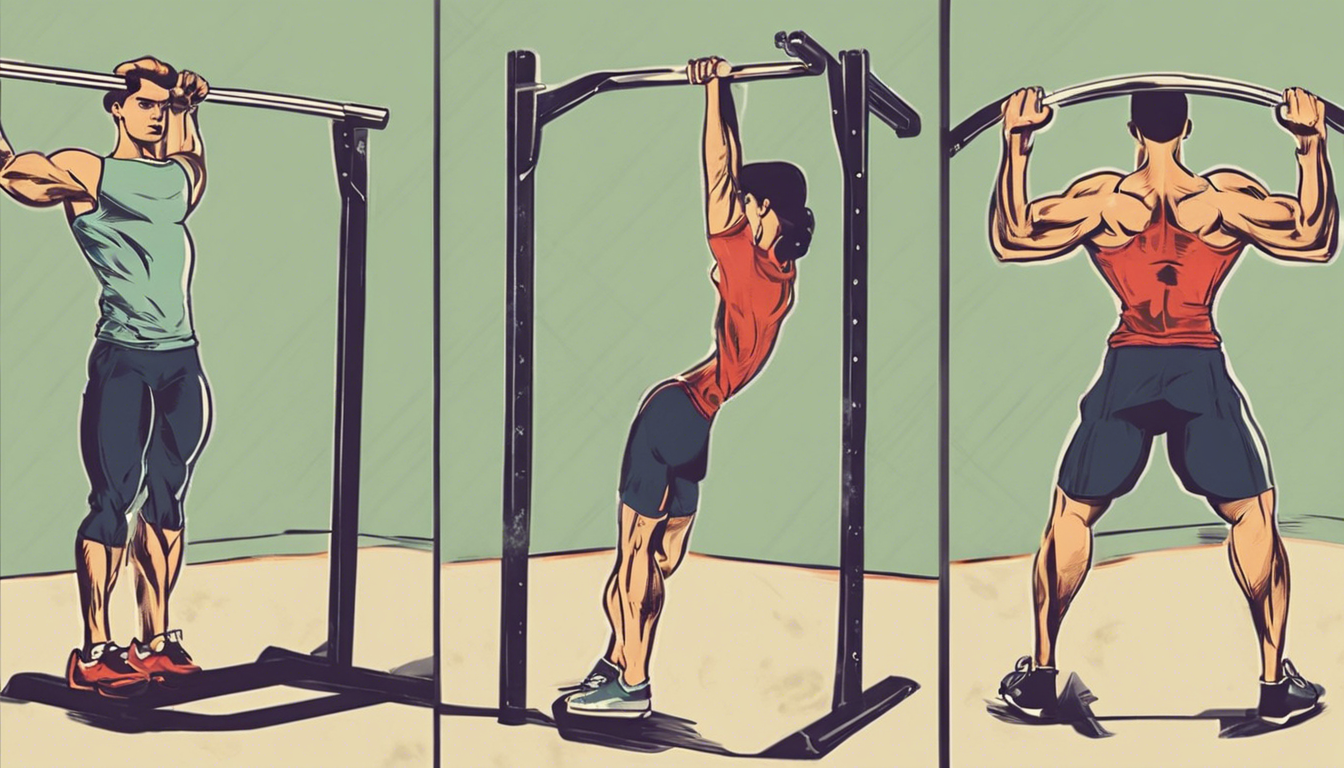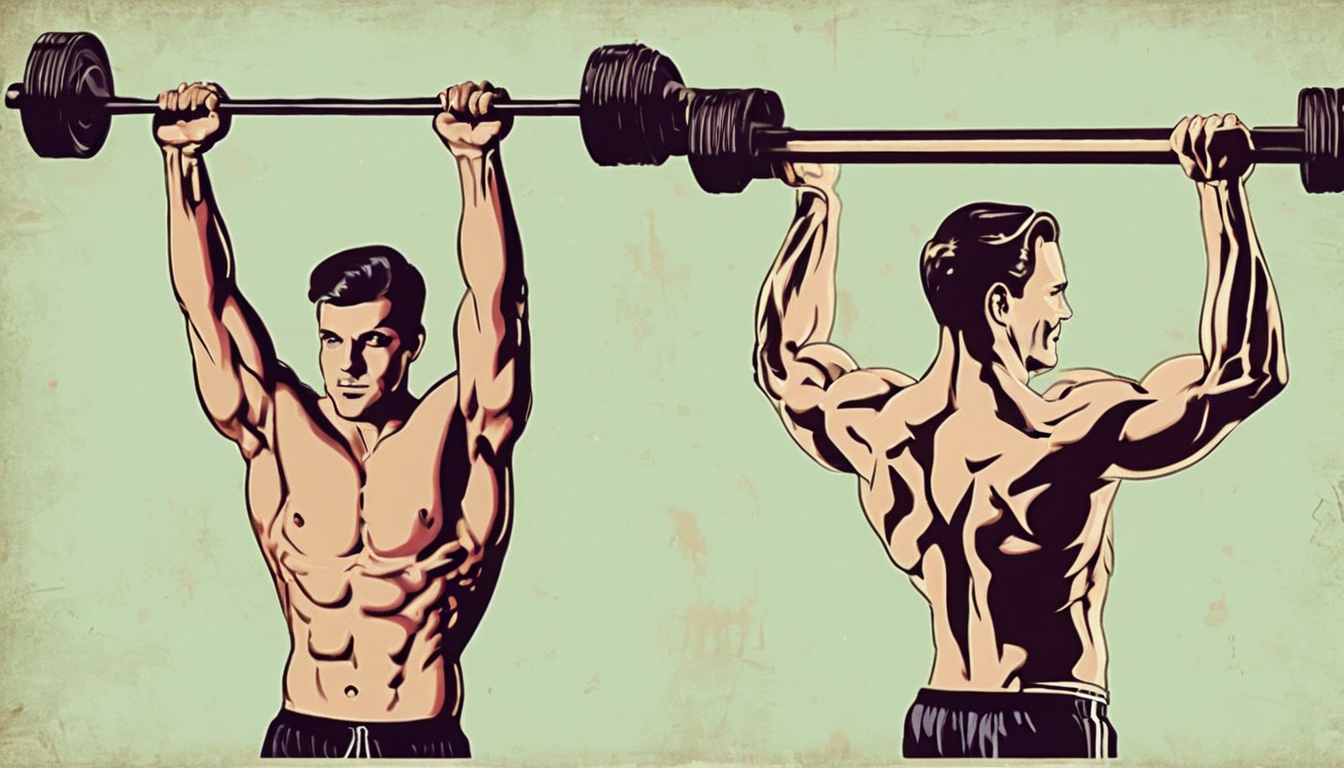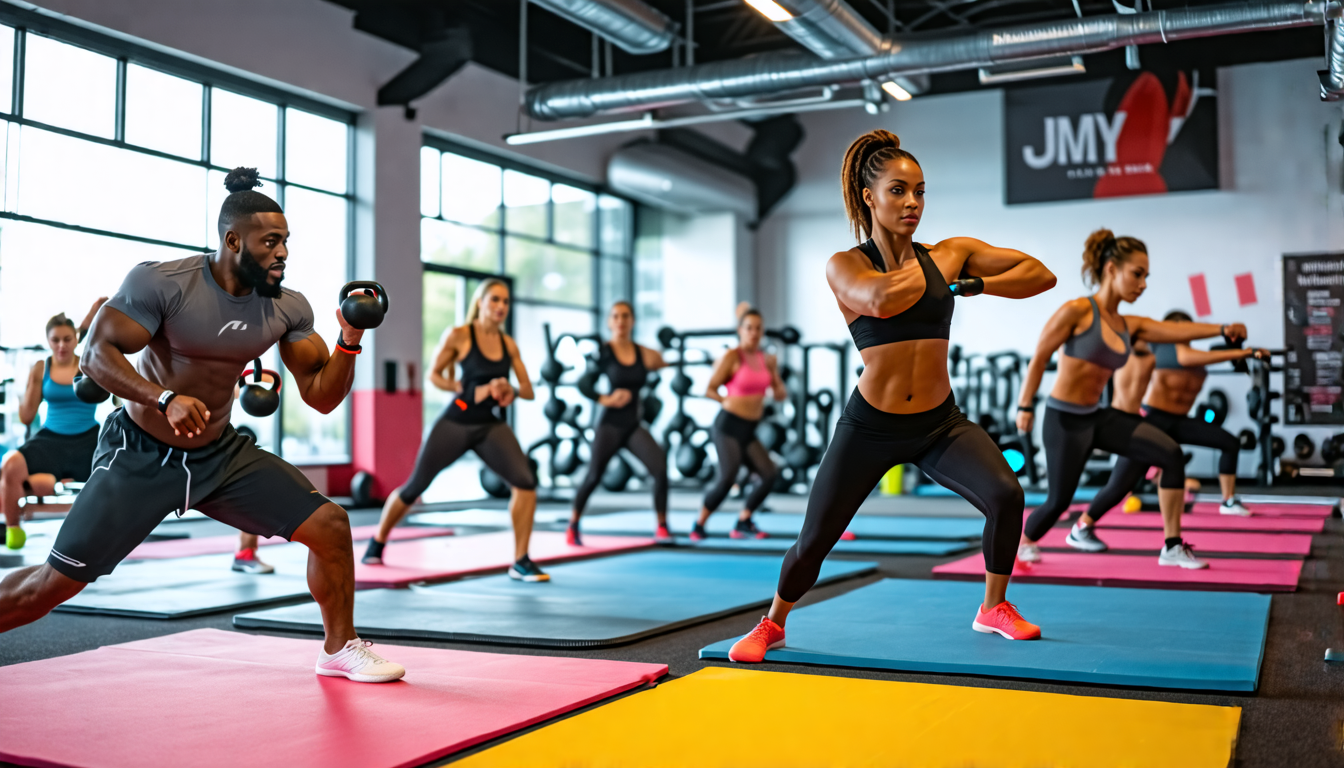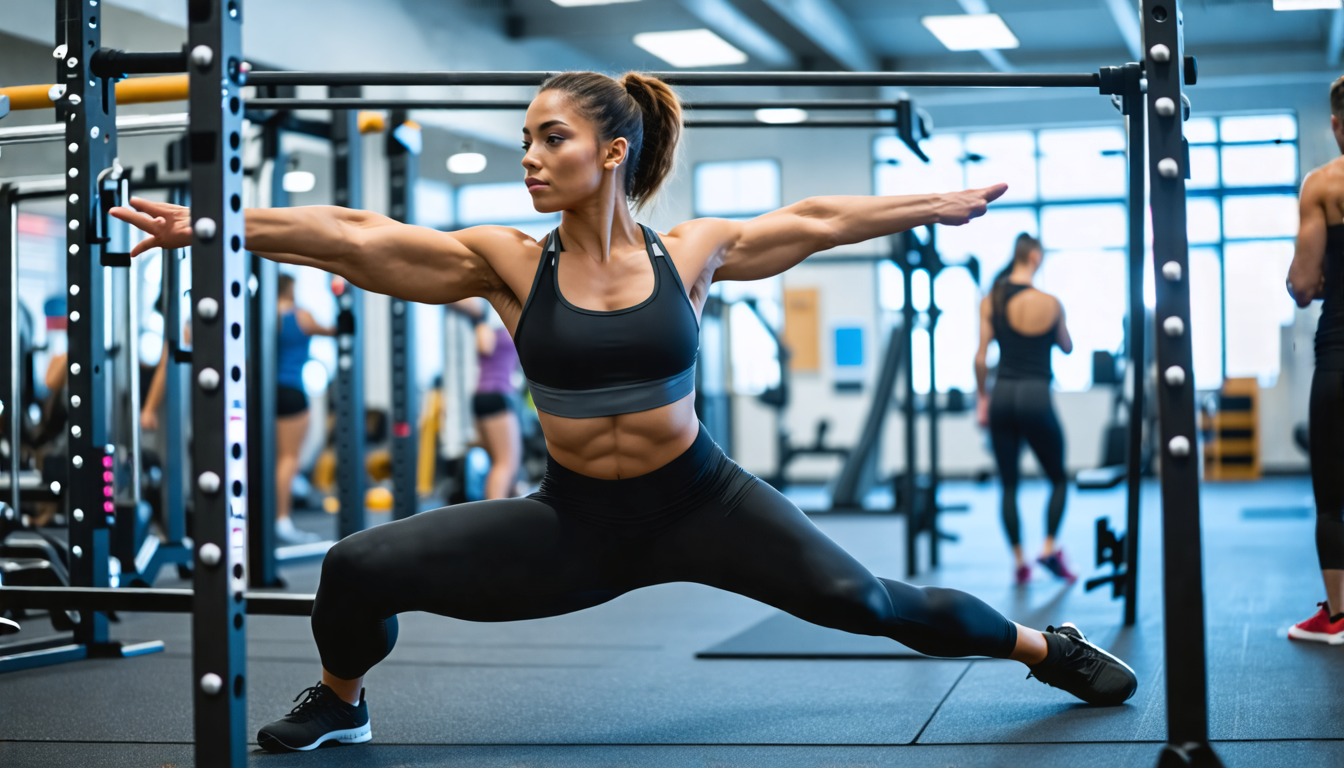
The Vision of Unbound Movement
Imagine moving with the fluid grace of a gymnast or the powerful, elastic mobility of a martial artist—where every reach, twist, and stretch is effortless and strong. This is the promise of a body that is not merely flexible, but adaptively strong within its entire range of motion. This level of dynamic flexibility isn’t just genetic luck; it’s a skill forged through intelligent, structured training. The key tool for this transformation? The humble fitness bar. Mastering flexibility exercises on fitness bars is the foundational practice that bridges raw strength to usable mobility, unlocking superior athletic performance, injury resilience, and a profound sense of physical freedom.
Foundational Choices: Your Bar, Your Base
Your choice of bar and its setup is the hardware of your mobility practice. This foundation determines safety, effectiveness, and your potential for progression. Compromise here, and you limit your ceiling before you even begin.
Part A: Selection and Sizing
Your first decision is the bar type, dictated by your space and goals. A fixed wall-mounted bar offers the most stable, permanent platform for intense stretching. A freestanding power tower provides versatility with integrated dip bars, crucial for lower-body work. A doorway pull-up bar is a space-efficient start but often limits dynamic movements. For dedicated flexibility exercises on fitness bars, prioritize a setup that allows full 360-degree movement around the bar.
Part B: Location and Setup for Optimal Flow
Designate a “mobility zone.” You need clearance not just above, but around the bar—at least 3-4 feet on all sides for leg swings and rotational stretches. The floor must be non-slip; consider a yoga mat for comfort during ground-based transitions. Before every session, perform a safety check: verify all mounting bolts are tight, test the bar’s stability with your bodyweight, and ensure the surrounding area is clear of obstacles.
Part C: Material and Component Considerations
| Component Category | Options | Key Characteristics |
|---|---|---|
| Frame Material | Steel, Aluminum | High-strength steel is non-negotiable for stability and safety under dynamic load. A powder-coated or chrome finish should provide a secure, non-slip grip without being overly abrasive. |
| Grip Type | Knurled, Smooth, Coated (e.g., rubber) | Knurled metal offers maximum security for hangs and active moves. A thick rubber coat can be kinder to the skin during prolonged stretch holds but may reduce grip for sweaty hands. |
| Attachment Points | Single bar, Multi-grip, With dip bars | A multi-grip bar (with neutral, pronated, and supinated grips) is ideal for targeting shoulder capsules from every angle. Integrated dip bars are essential for advanced leg and hip flexibility work, like assisted pancake stretches. |
The Core System: Principles of Adaptive Tension
True flexibility is not passive; it’s an active dialogue between muscle, connective tissue, and the nervous system. Treat your training as a physiological system to be managed, using the bar as your primary tool for applying and releasing intelligent tension.
Variable 1: Load Management (Bodyweight & Gravity)
Ideal Target: Use partial bodyweight to provide a gentle, adaptive overload to your stretches. This is the “progressive resistance” of flexibility training.
Consequences of Error: Too much load, too soon, causes micro-tears and injury. Too little load yields no signaling for adaptation.
Control Methods: Adjust foot position to change leverage (e.g., bending knees in a hang). Use resistance bands for assistance to reduce effective load. Employ isometric “contract-relax” holds, where you gently push against the bar for 5 seconds before sinking deeper into the stretch.
Variable 2: Time Under Tension
Ideal Target: 30-120 second holds for static stretches; 8-12 controlled reps for dynamic movements.
Consequences of Error: Bouncing (ballistic stretching) risks tearing tissue. Holds shorter than 20 seconds fail to down-regulate the stretch reflex sufficiently for lasting change.
Control Methods: Use a simple timer. Link your breath to the movement—aim for 5-8 deep, diaphragmatic breaths per static hold. Inhale to prepare, exhale to deepen the stretch.
Variable 3: Neurological Integration
Ideal Target: Actively pairing passive stretches with strength movements in the newly gained range of motion.
Consequences of Error: Developing “passive” flexibility without corresponding strength creates unstable, injury-prone joints—like a powerful engine in a chassis made of rubber.
Control Methods: Immediately follow a deep passive stretch with an active movement. For example, after a deep German Hang (stretching shoulders/pecs), perform 5-10 slow, controlled Scapular Pulls on the bar, actively retracting and depressing your shoulder blades.
Advanced Practices: The Art of the Bar Stretch
This is where you graduate from basic hangs to sophisticated techniques, transforming the bar into a full-body mobility rig. Here, the focus shifts from simply stretching to cultivating movement quality.
Preparation: Priming the Body
Never approach the bar cold. A 10-minute dynamic warm-up is mandatory: arm circles, cat-cows, leg swings, and torso twists. Use a foam roller or lacrosse ball on major muscle groups—lats, pecs, glutes, hamstrings—for 30-60 seconds each to improve tissue compliance and stretch efficacy.
The Movement Library: Key Flexibility Exercises on Fitness Bars
Upper Body Mastery:
Dead Hangs: The foundation. Focus on relaxing the shoulders and letting the spine decompress. Build to 60-second holds.
German Hangs: From a pull-up position, rotate your body so your torso is behind the bar, stretching the shoulders and chest intensely. Start with bent knees and extreme caution.
Archer Stretches: Hang from one arm while using the other to gently pull your torso sideways, targeting the lats and obliques.
Lower Body & Spine Integration:
Assisted Pancake Stretch: Sit under the bar, grip it, and use it to pull your chest forward while legs are spread wide, targeting hamstrings and inner thighs.
Hanging Leg Raises (Stretch Focus): At the top of the leg raise, pause and gently push your feet upward, focusing on stretching the hamstrings and lengthening the lower spine.
Bar-Assisted Pigeon Pose: Place one ankle on the bar while in a lunge position, using the bar for balance to deepen the hip rotator stretch.
Programming for Progression
Aim for 3-4 dedicated mobility sessions per week, each lasting 20-30 minutes. Structure sessions around a “mobility circuit”: perform 3-4 of the key flexibility exercises on fitness bars back-to-back, resting 60 seconds between exercises, and repeat the circuit 2-3 times. This builds work capacity and keeps the body warm. Always pair these sessions with, or perform them after, your strength training.
Threat Management: Preventing Strain and Setback
A proactive mindset is your best defense. Flexibility gains are cumulative and fragile; one reckless session can undo weeks of progress.
Prevention: The Discipline of Listening
Learn the crucial distinction between the “good discomfort” of a stretching sensation and sharp, stabbing, or radiating pain. The former is your guide; the latter is an immediate stop signal. The non-negotiable rules: a thorough warm-up, incremental increases in load or duration (no more than 10% per week), and never stretching to the point of muscular trembling.
Intervention: Addressing Common Issues
Identification Guide: A dull ache in the shoulder joint during a hang may indicate impingement; muscle soreness in the lat is typical. A sharp pinch in the front of the shoulder is a warning. Wrist discomfort often stems from poor alignment; forearm strain is a deeper, muscular ache.
Tiered Response Plan:
Step 1 (Immediate): Deload. Stop the aggravating exercise. Use a band for assistance or revert to a simpler variation for 3-5 days.
Step 2 (Rehabilitation): Isolate and mobilize. Use a lacrosse ball for targeted myofascial release on the affected area. Perform very gentle, active range-of-motion drills without load.
Step 3 (Professional): If pain persists beyond 7-10 days, or is acute, seek assessment from a physical therapist or sports medicine doctor.
The Action Plan: A Seasonal Mobility Roadmap
| Season/Phase | Primary Tasks | What to Focus On |
|---|---|---|
| Spring (Reboot) | Re-establish consistency. Focus on 60-second foundational dead hangs, basic dynamic leg swings, and gentle shoulder circles using the bar. | Rebuilding connective tissue tolerance and re-awakening proper neuromuscular movement patterns. |
| Summer (Expand) | Introduce one new advanced exercise (e.g., German Hang progression). Increase time under tension on static holds. Work on integrated movements like hanging leg raises with a stretch focus. | Expanding active range of motion and acquiring new skill-based flexibility. |
| Fall (Integrate) | Blend flexibility sessions directly with strength work. Perform your bar stretching routine immediately after your strength training, when muscles are warm and pliable. | Converting newly gained flexibility into usable, functional strength. “Making the flexibility stick.” |
| Winter (Maintain & Recover) | Prioritize warm-up intensity. Reduce maximal stretch duration by 20%. Incorporate more myofascial release (foam rolling) pre- and post-session. | Maintaining hard-won range while supporting joint health, recovery, and preventing overuse. |
The Body Transformed
The journey from selecting the right bar to executing advanced, integrated practices revolves around one core principle: true flexibility is controlled, adaptive tension, not passive laxity. It is the product of intelligent load management, neurological re-education, and consistent practice. By mastering flexibility exercises on fitness bars, you do more than touch your toes or do the splits. You build a body that is supremely capable, resilient, and expressive—a body that moves with the effortless power you first imagined. This is the ultimate reward: a profound, daily sense of physical freedom that enriches every action and becomes a source of unparalleled joy.
